Foundation work is progressing at 585 Union Street, the site of a nine-story residential building in Gowanus, Brooklyn. Designed by Fogarty Finger and developed by Tavros Capital, Charney Companies, and Canyon Partners, the 95-foot-tall structure will span 167,000 square feet and yield 214 rental units in studio to three-bedroom layouts, with 25 percent designated as affordable housing, as well as 8,900 square feet of ground-floor commercial space. Broadway Construction Group is the general contractor for the property, which is bound by Sackett to the north, Union Street to the south, and 3rd Avenue to the east.
Photographs taken earlier this week show workers forming the reinforced concrete foundation below grade. Steel rebar protrudes across the slab at the locations of the forthcoming interior walls and columns, and a network of temporary steel beams has been assembled to brace the foundation walls along 3rd Avenue. The eastern half of the site is the furthest ahead, while a dirt ramp along Union Street continues to be used as an access point for machinery, crews, and materials. YIMBY expects construction to reach street level before the end of summer.
Renderings of 585 Union Street preview the building’s lively design, which features a wavy pleated wall structure and a façade composed of light-hued stone framing floor-to-ceiling windows. A setback above the seventh story makes way for terrace space, followed by a more conventional massing clad in dark metal paneling up to the flat parapet. The ground-floor frontage will feature larger windows topped with canopies matching the undulating shape of the building above.
Select units on the fourth and eighth floors will come with private terraces. Residential amenities will include a fitness center, a shared outdoor roof deck, a swimming pool, and parking for up to 72 vehicles. The closest subway from the property is the R train at the Union Street station along 4th Avenue.
585 Union Street’s anticipated completion date is posted on site for the spring of 2025.
Subscribe to YIMBY’s daily e-mail
Follow YIMBYgram for real-time photo updates
Like YIMBY on Facebook
Follow YIMBY’s Twitter for the latest in YIMBYnews



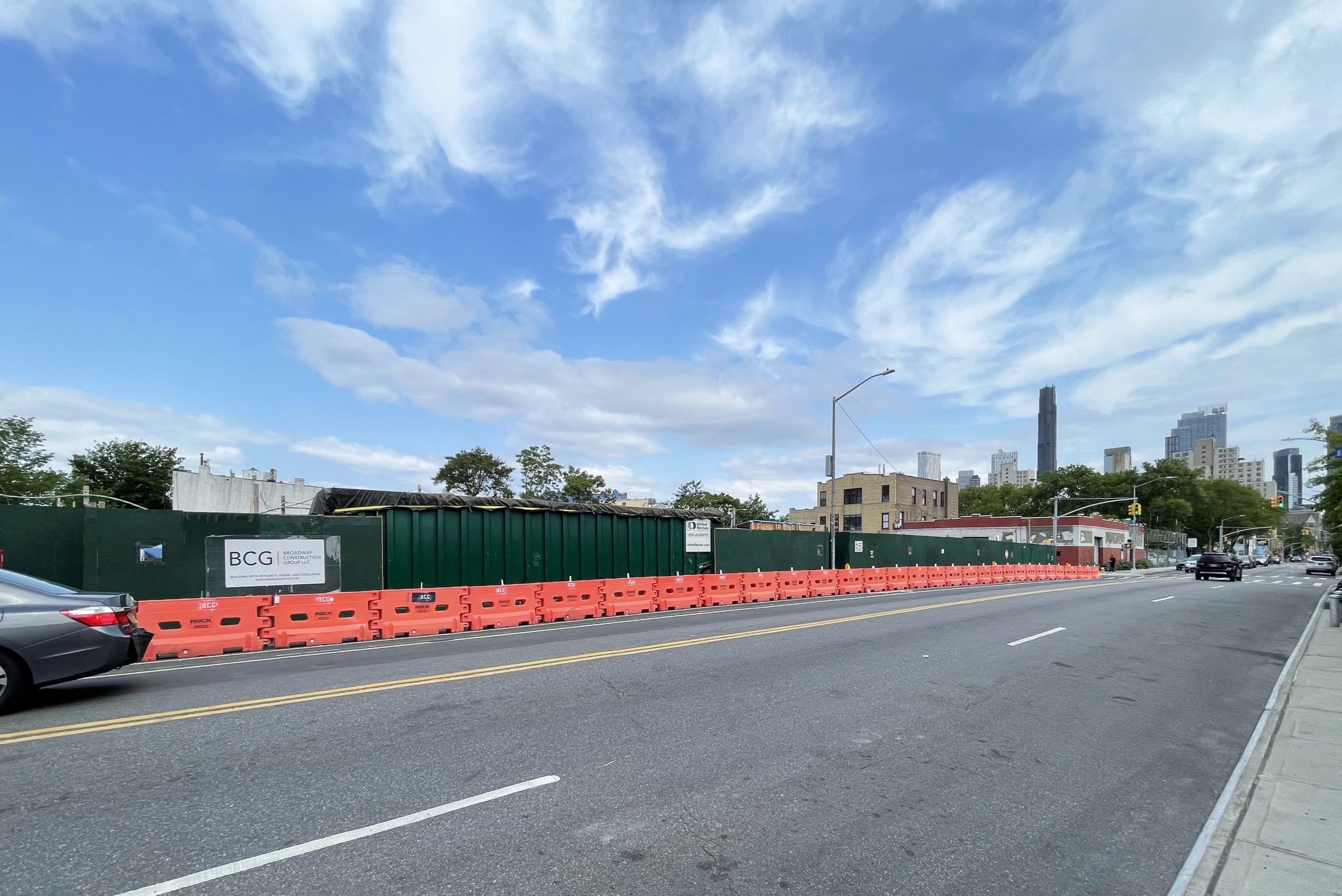
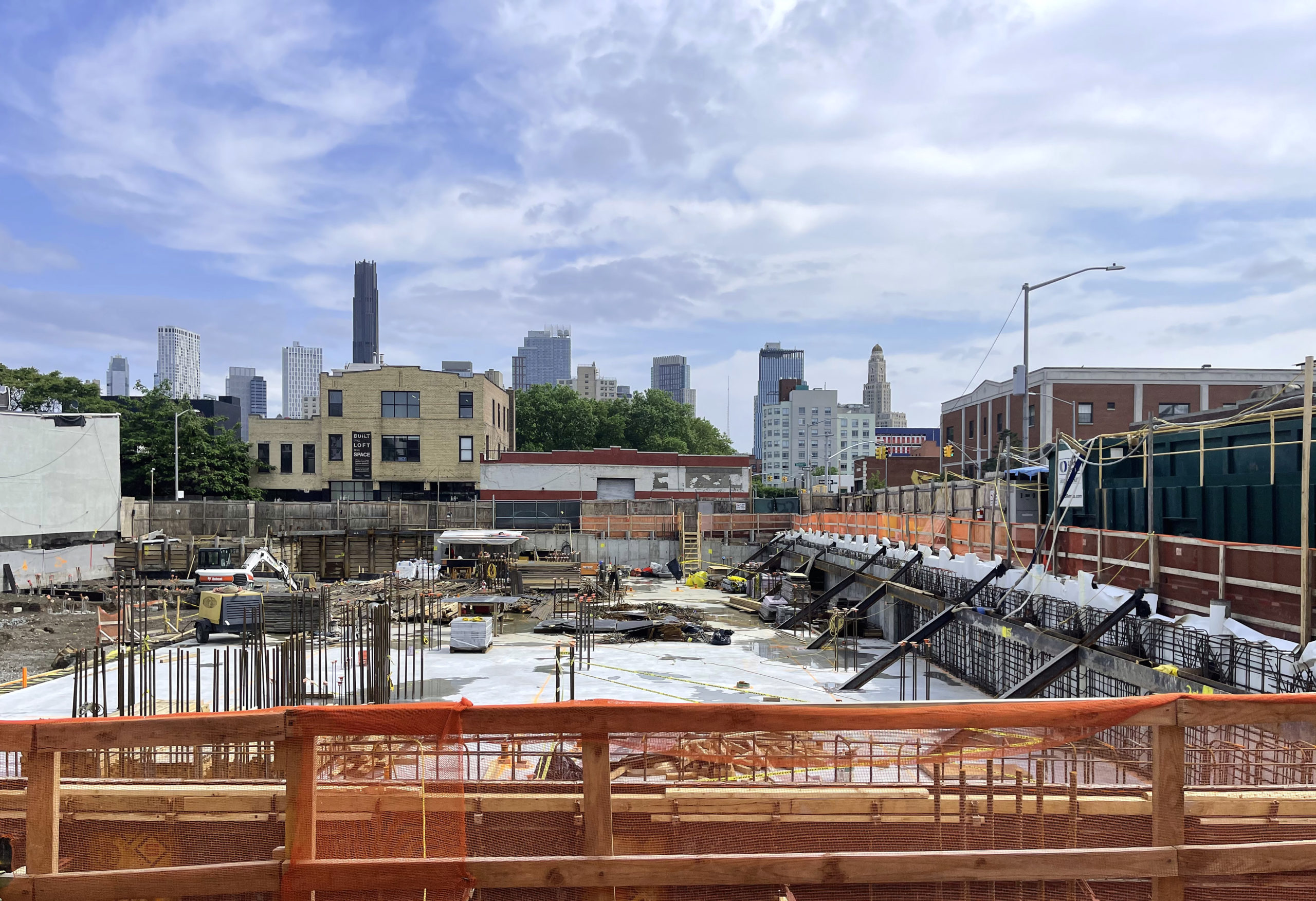


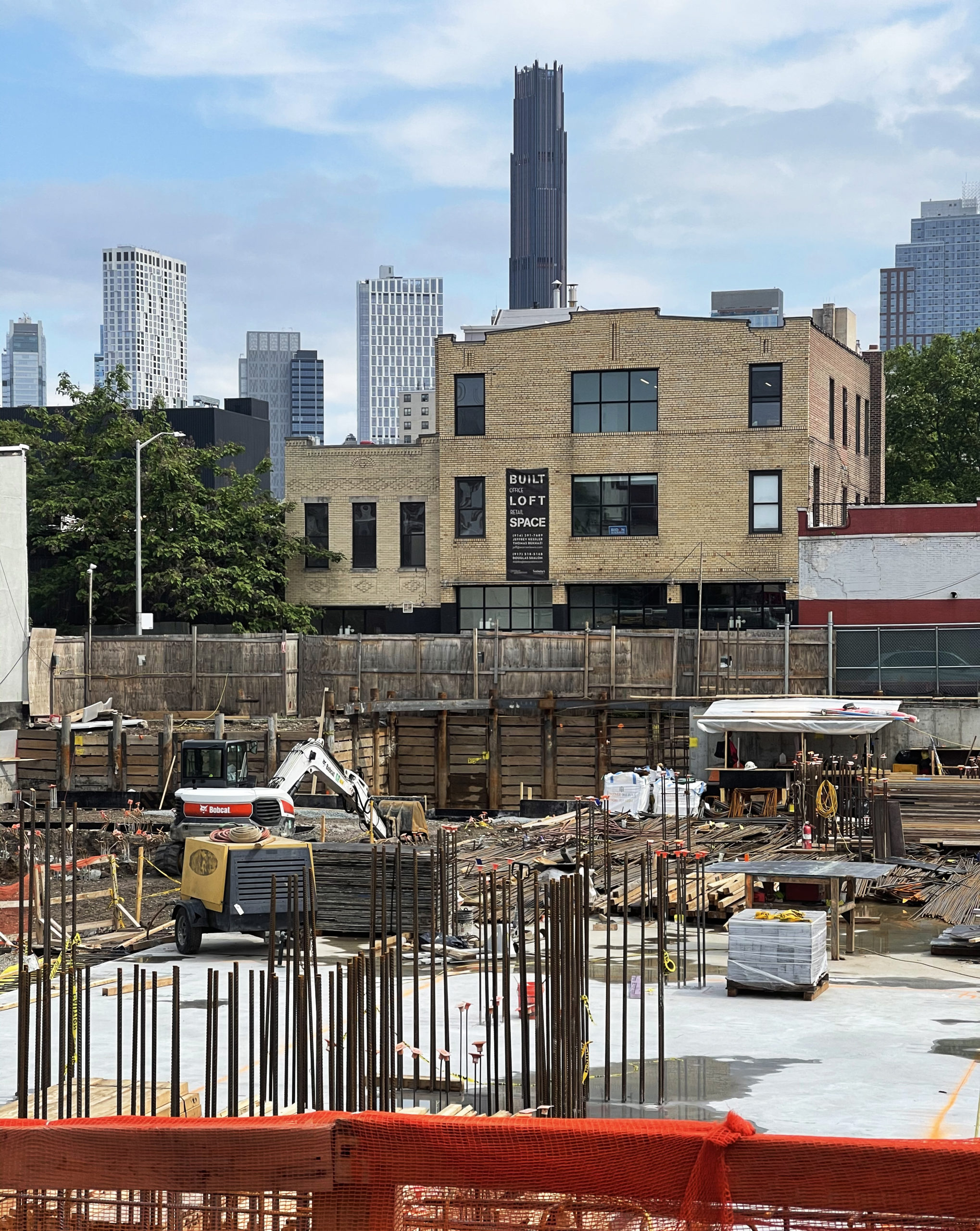
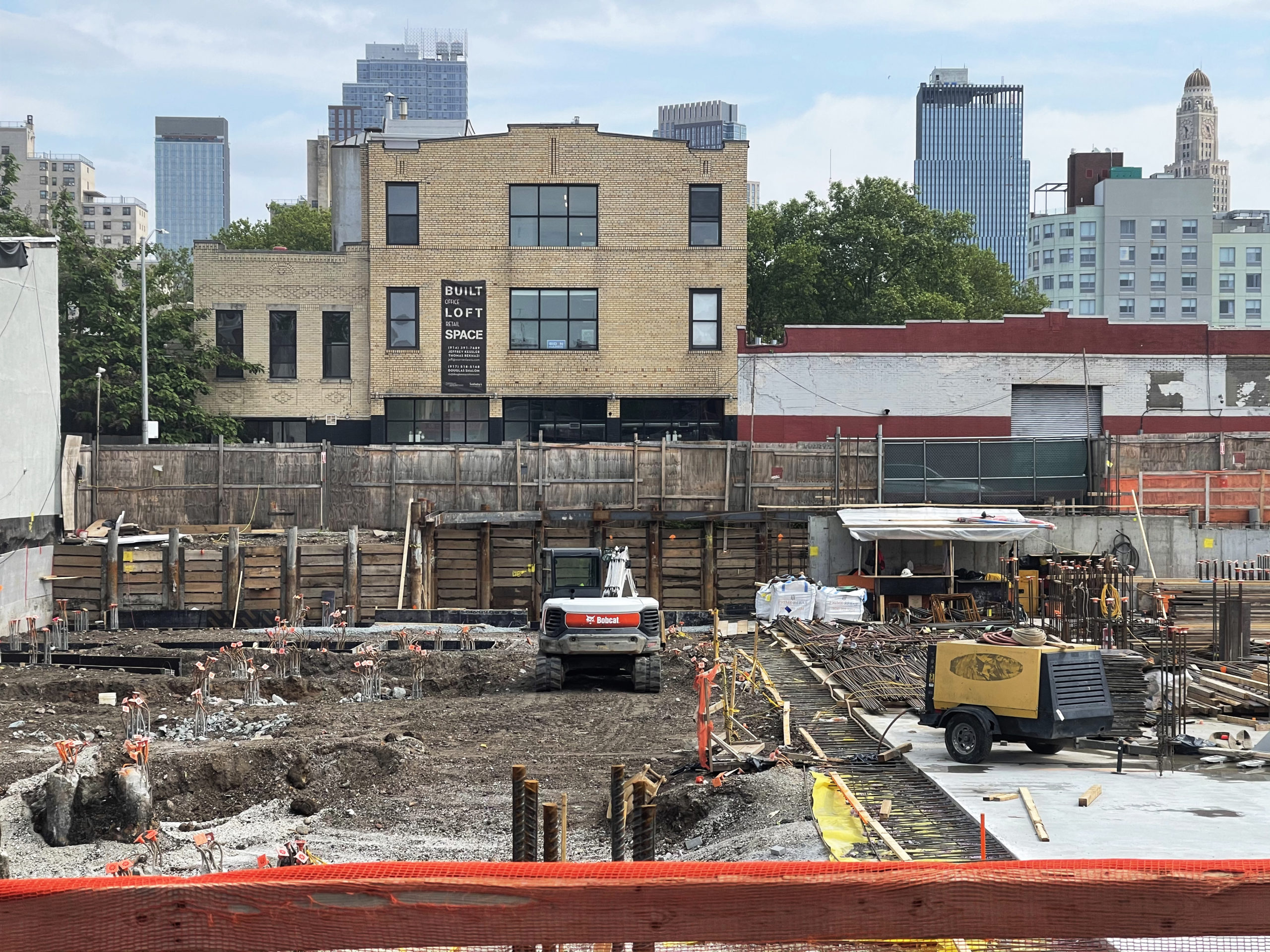
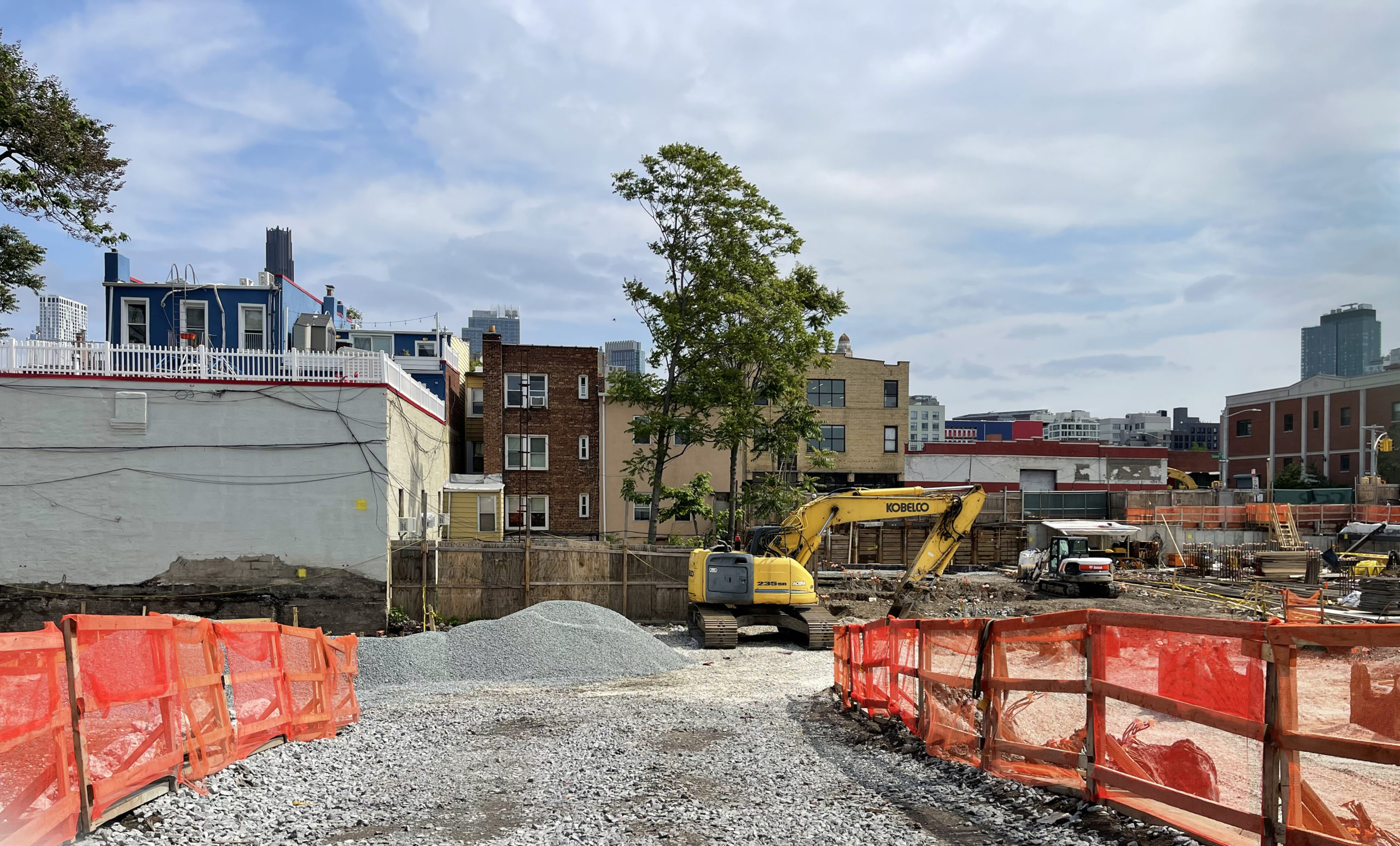
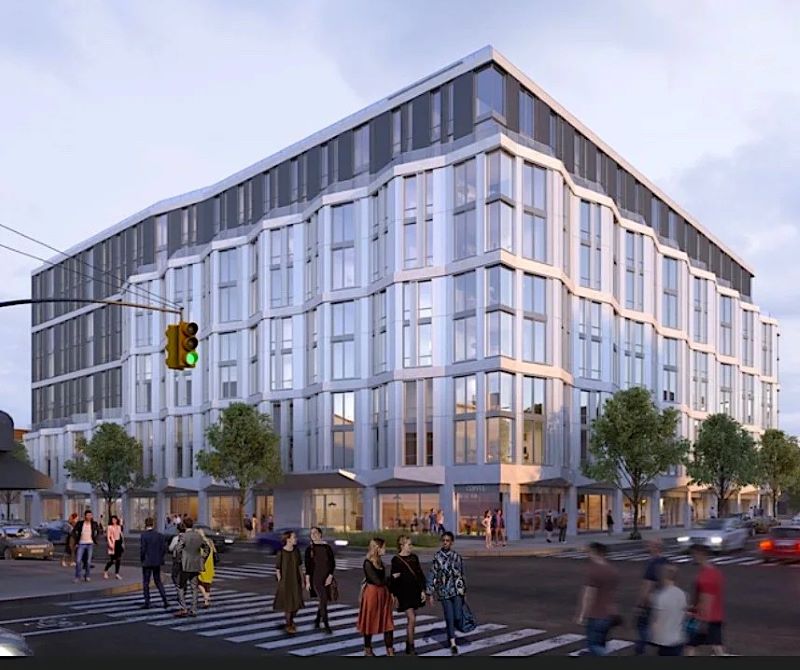
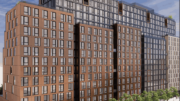

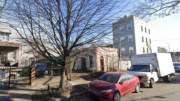

Gowanus neighborhood rising, but I hope all low income, moderate, senior, and some market rate units can benefit from this housing boom in this area, will see ASAP
It’s Gowanus Week at YIMBY. Like Shark Week, but much more toxic.
Gowanus 101
What’s Happening in Gowanus?
The Canal
The Gowanus Canal Was Designated a “Superfund Site”
For over a century, the banks of the Gowanus Canal were line with industry and manufacturing companies, which released their toxic waste into the canal water as well into the ground. In 2010, the federal government identified the Gowanus Canal as one of the most toxic waterways in the entire country. It’s filled with toxins that pose serious public health risks. As a result, it was designated a “Superfund” site, and in 2020, the Environmental Protection Agency began a $1.5 billion cleanup of the canal.
The Land
The Gowanus Neighborhood Has Been Rezoned
In 2021, 82 blocks in Gowanus were changed from mainly industrial use to allowing residential development. The existing industrial buildings being demolished in the neighborhood will soon be replaced by dozens of apartment towers reaching up to 30 stories tall.
Most of the Rezoned Land is Highly Toxic
The vast majority of development sites in Gowanus (see map, below) are filled with cancer-causing toxins due to a century of industrial use, and have been classified by NY State as “Brownfield sites.” Some have toxins as deep as 150 feet.
The Infrastructure
Sewage Frequently Flows Into the Canal
During heavy rains, raw sewage flows into the canal because it exceeds the current sewer system’s capacity. As a result, the EPA has demanded that the City build two enormous “retention” tanks to keep excess sewage from going into the canal.
What’s The Problem?
The Land is Not Being Cleaned Up Fully, Leaving Toxins in the Soil
All of these sites need to be cleaned up before residential buildings can be built. State law requires they be cleaned to “pre-disposal conditions”—as they were before industrial poisoning. However, this is NOT happening. For instance, at some sites, where toxins reach as deep as 150 feet, the State is only calling for developers to clean less than the top 8 feet of contaminated soil.
Toxins Left in the Soil Can Enter Buildings And Threaten Future Residents’ Health
The State itself acknowledges that when certain toxins (“volatile organic compounds” or VOCs) are left in the soil, they can “move into buildings and affect the indoor air quality.”
Rather than remove them entirely, the State has decided that on the development sites, these toxins will be covered, or “capped,” with a slab of concrete. This method of dealing with toxic land, known as creating a “vapor intrusion barrier,” is very risky, and is so unreliable that these sites must be monitored every year, in perpetuity, to ensure that dangerous vapors haven’t penetrated people’s residences.
The Most Deeply-Affordable Housing Is Planned for the Most Seriously Toxic Site
Some of the worst contamination can be found at “Public Place,” a City-owned plot at the corner of Smith and Fifth Streets which for decades housed a manufactured gas plant that created waste known as “coal tar.” Exposure to coal tar has been linked to a variety of cancers. Coal tar at this site has been found to a depth of 150 feet.
The cleanup proposed for this site is woefully inadequate, and only the top 8 feet of soil will be cleaned. It is also the only site in the entire rezone where 100% of the 950 apartments target lower incomes, including units for unhoused individuals and seniors. A school has also been proposed for this site.
Placing the lowest-income residents in danger in this way raises Environmental Justice concerns.
Toxins Are Not Confined To Their Original Sites and Threaten the Health of Existing and Future Residents
Large “plumes” of migrating carcinogenic coal tar have already been found far from their original site in Gowanus, and with flooding and rising groundwater levels from climate change, these and other carcinogens can wind up underneath existing homes and intrude into them.
Fumes from the Toxic Construction Sites Pose a Danger to the Community
The disturbance of the land at these toxic construction sites has caused air monitors to be set off by toxic fumes reaching dangerously high levels, with the community not notified and only discovered after kids in the neighboring playground smelled it and reported it to our electeds.
The Gowanus Canal will be Re-Contaminated With Toxins
Without a full cleanup, toxins from the sites surrounding the canal will seep right back into the canal and re-contaminate it, thereby not only wasting $1.5 billion in taxpayer dollars, but also returning the canal to its dangerously toxic state.
Sewage Retention Tanks Are Not Being Built, and Sewage will continue to flow into the canal—and into our homes
The City is not following the EPA’s timeline to build the required retention tanks, and at this point says that they won’t be complete until after 2030. And the retention tanks are only meant to deal with the current number of residents in the community; they don’t take into account the additional sewage that will be produced by 20,000 planned future residents.
Without the required retention tanks, and given increases in rainfall as a result of climate change, sewage will (and has) backed up into people’s homes.
NY Post
State environmental officials waited nearly two years to alert the public that cancer-causing vapors over 20 times the amount considered safe escaped from polluted soil along the Gowanus Canal — and into a nearby shuffleboard club.
The Department of Environmental Conservation learned of the alarming levels of toxic vapors in March 2021 while conducting air-quality tests inside Royal Palms Shuffleboard Club — but the hipster haven remained open throughout, since the agency deemed the century-old building was “safe.”
The agency only documented the stunning finding late last year in public records buried on its website.
On Friday, DEC spokeswoman Haley Viccaro admitted to The Post that it could have done a better job alerting locals to the looming health hazard, and “are evaluating potential improvements to enhance this process and ensure this information is clear and informative of these comprehensive, science-based efforts to protect public health.”
he revelations only came to light thanks to the grassroots group Voice of Gowanus, which hired an Ithaca, N.Y.-based environmental database firm, Toxics Targeting, that recently discovered the damning DEC documents.
The records showed March 2021 air levels of the cancer-causing chemical trichloroethylene, an industrial solvent, were nearly 22 times above acceptable levels at the shuffleboard club.
“The DEC in 2021 should’ve put up signs in the club, published public notices in local papers, and sent mail alerts to people in the neighborhood,” said Walter Hang, who heads Toxics Targeting. “All they did was make obscure references in dense technical documents regular citizens wouldn’t know about or can’t decipher.”